This post may contain affiliate links, please read our disclosure policy.
France produces many great wines from many outstanding wine regions. Learn more about Burgundy wines and the Burgundy Wine Regions.
The wines of Burgundy, France, can be traced to sixth-century monastic vintners. In Burgundy, thousands of growers produce small yields on tiny land parcels, the carefully managed vineyards produce great varieties of red and white wines.
The wines may be produced by the growers or by purchasers who blend and bottle under their own labels. Two kinds of grapes are used most often in burgundy wines: Chardonnay and Pinot Noir.
Wine terminology is a mystery to many, the term Burgundy or Bordeaux tend to be considered as actual wine or grape types, when in fact they both refer to large wine regions in France. The Burgundy region is located a few hours southeast of Paris and continues south until the city of Lyon. There are predominate regions within Burgundy which are then divided into hundreds of appellations. Burgundy wines range from white to rosé and red and are most commonly made from the Chardonnay, Pinot Noir and Gamay grapes.
Burgundy Wine Regions
Chablis
Chablis is the northern most wine growing region in Burgundy and is famous for wines of of the same name ranging from Petit Chablis to Premier Cru and Grand Cru. Its white wine is one of the most famous in the world. Vineyards are located on the slopes of the River Serein. The Yonne valley in the Chablis region has been producing wine as far back as the 12th century, making the aging process indisputable for alteration. Chablis is produced singularly from Chardonnay grape producing a dry, crisp yet bold white wine that advances in quality as it ages in the bottle. The monks from the ancient Abbey of Pontigny planted the chardonnay grapes. They found advantage in the springtime cold of Chablis. They learned it would help yield the dry white wine.
Côte de Beaune
The Côte de Beaune region in Burgundy is located between the towns of Ladoix in the North and Santenay in the south and boasts 5,000 hectares of vineyards. The village of Beaune is was the the ancient capital of Burgundy during the middle ages and remains as the political wine center of Burgundy today. The wines vary from “full, harmonious reds to great complex whites,” Burgundy Today reports. Both Pinot Noir and Chardonnay grapes are planted. Here, wineries depend upon grapes raised hot summers and cold winters. Chardonnay in this district is aged in oak barrels to give it a rounder taste. The Côte de Beaune region produces some of the most famous white Burgundy including Meursault and Chassagne-Montrachet. Red wines are mostly produced in the southern regions near Santenay and are lighter, more floral-scented and mature faster than the deep reds from the Côte de Nuits region.
I have been to Beaune and it was one of the most magical trips of my life!
Côte Chalonnaise
This wine-growing area offers wines from both Chardonnay and Pinot Noir grapes. There are 4,400 hectares of vineyards in the district. Chris Kissack, writing for the Wine Doctor, says that the region offers both red and white wines and produces them in a climate that is a microcosm of the whole of Burgundy.
Mâconnais is the most southerly area of Burgundy, located around the city of Mâcon. The wines are made to drink when they are still young. The chardonnay whites here are the best-known. The regional wines are predominately white made from the Chardonnay grape. The best known appellation in the Mâconnais region is Pouilly-Fuissé, a dry soft white wine. Wines from the region tend to be more affordable than most other Burgundy regions and are therefore one of the most consumed both in France and around the world.
Côte de Nuits
Moving south of Chablis in Burgundy is the region of Côte de Nuits. The region is located between the famous cities of Dijon and Nuits St. Georges and is long and very narrow, at some points as wide as 200 to 300 meters. The vineyards, too, are long and narrow. The Côte de Nuits region produces a variety of wines including whites produced from Chardonnay grapes and rosés and reds produced from Pinot Noir grapes. The region is most reputed for the deep red Pinot Noirs aged in oak barrels. The reds are deeply colored wines and have intense flavors. Three thousand hectares of Pinot Noir are planted in walled vineyards called clos. These are as old as 10th century. Here also are the 550 hectares of vines planted on the slopes of the Hautes-Côte de Nuits.
Beaujolais
The Beaujolais region, resting under the Côte de Beaune encompassing the villages of Mâcon to Lyon, predominately produces red wines made from the Gamay grape. Wines from the Beaujolais region tend to be light with high acidity and few tannins. Beaujolais is fruity and is meant to be consumed young; as such, it is among some of the least expensive and easily palatable red wines produced in France.
Côte Chalonnaise
South of Beaujolais is Côte Chalonnaise which is one of the largest regions in Burgundy resting between the towns of Chagny and Montagny. Côte Chalonnaise wines are predominately whites produced from Chardonnay grapes and reds produced from Pinot Noir, however, the region does produce Gamay and Aligoté for blending. The most famous Côte Chalonnaise wines are those produced in Mercurey, a small village to the north of the region. Mercurey reds are known for their full-bodied spiciness while the rare Mercurey whites are uncommonly meant to be consumed young.
Does red Burgundy still hold the lead in quality Pinot Noir?
For centuries the world looked to Burgundy and nowhere else for fine wines made from the Pinot Noir grape. Otherwise obscure village names became familiar, even sacred, to new world wine lovers. Names such as Chambertin, Corton, Vosne, Pommard, Meursault, Aloxe-Corton, Puligny-Montrachet, and Chassagne. Wines from these villages and vineyards became among the world’s most sought after wines and prices soared.
Meanwhile, the rest of the wine growing world was playing catch-up. California was among the first regions to give the endeavor a try back in the 1960s, but with little success.
In the 70s certain vineyard sites and regions began to emerge as more likely than others to produce viable Pinot Noir fruit. These regions were cool by comparison and the most promising featured limestone soils (Chalone in the Gavilan Range, HMR west of Paso Robles). Good, but not great Pinot Noir wines began to emerge.
In the 80s we learned the importance of matching the right clones of Pinot Noir to specific vineyard sites. Pinot Noir is, perhaps, the world’s most mutable grape. There are 46 registered clones in France alone, compared to 34 Cabernet Sauvignon clones. It has mutated into Pinot Blanc, Pinot Gris (Pinot Grigio), and Auxerrois. Some contend that Chardonnay may be a distant relative.
In the late 90s and in the past few years we’ve seen a surge of success worldwide with this difficult varietal which the French have always considered their private province. New World winemakers have identified optimal vineyard sites, clones, and production techniques.
Have you been to Burgundy? France? Do you have a favorite French wine or California Pinot Noir?
Make sure to visit Food Wine Sunshine for more travel and wine tips and stay up to date with me Facebook, Twitter, Pinterest, and Instagram.
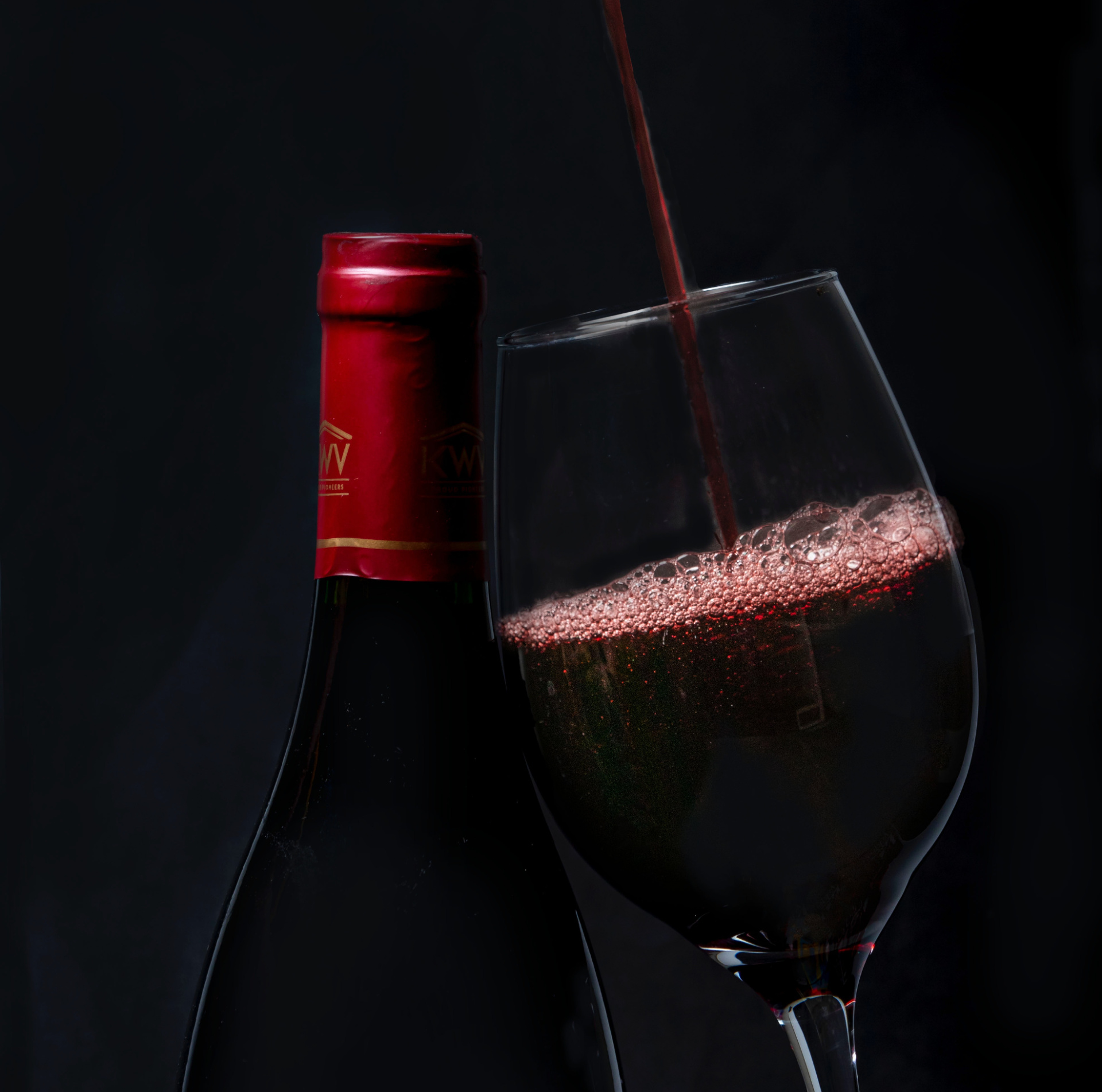
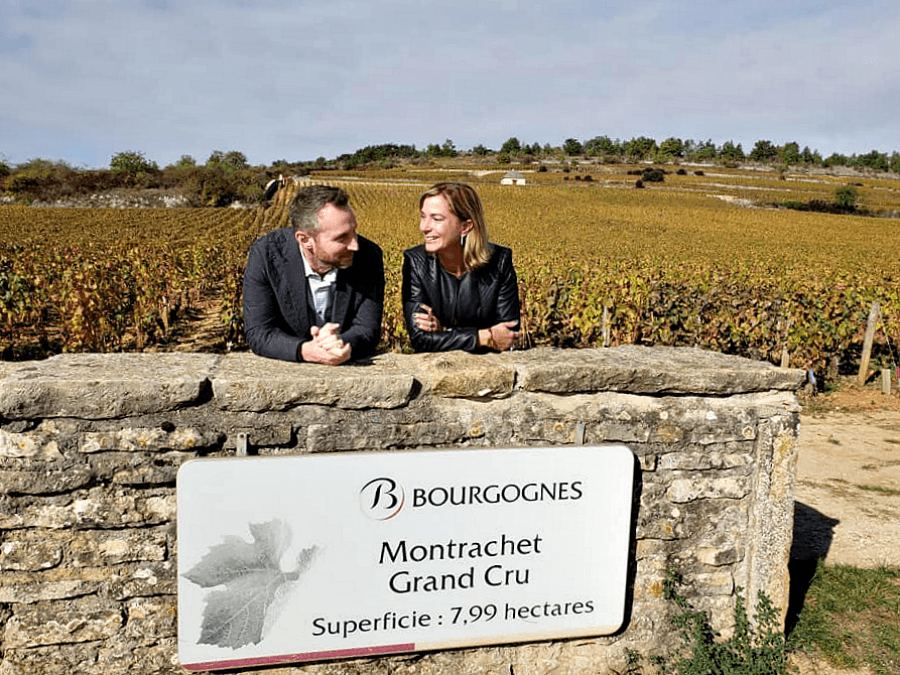
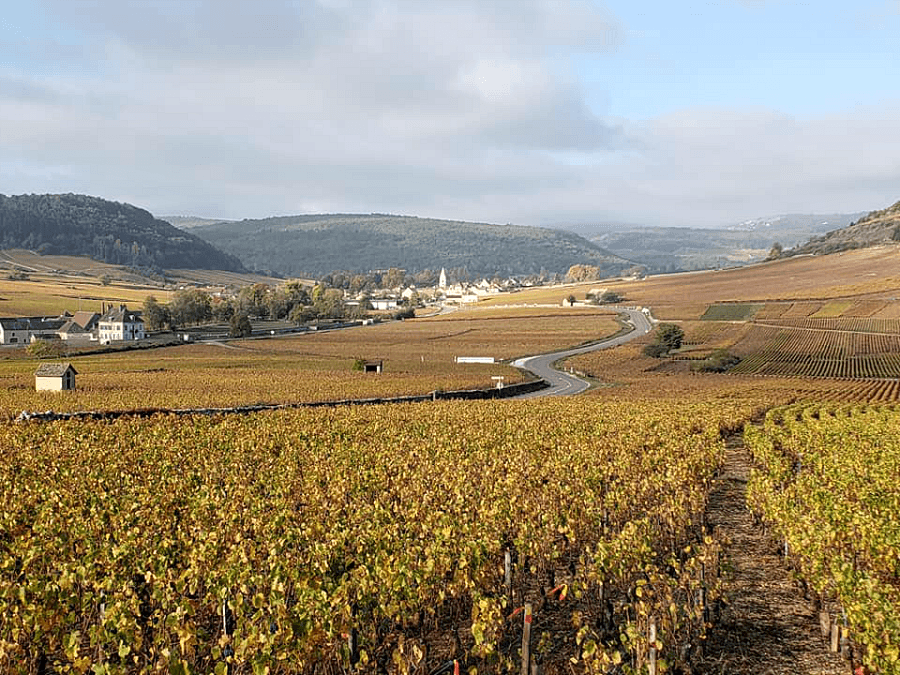
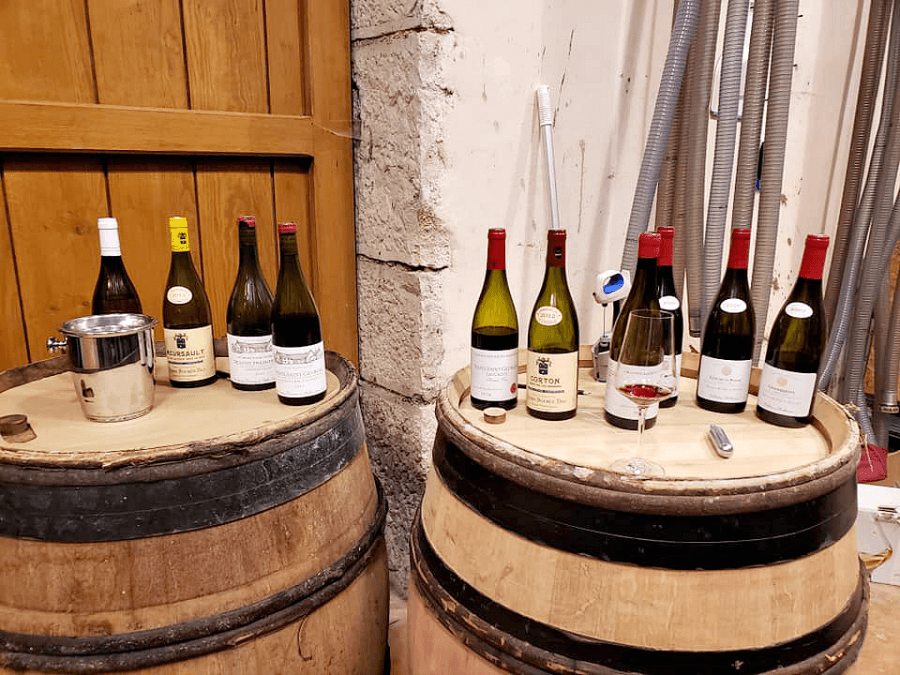



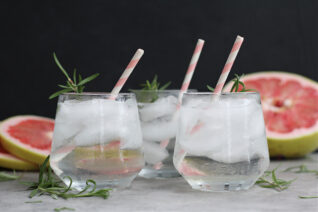

Comment section